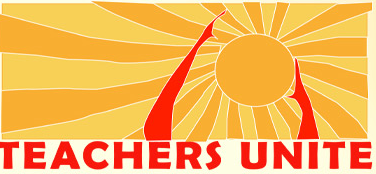Teachers Unite and DSC-NY Present Workshop on Fairness Committees

On June 30th, educators and advocates gathered for a training workshop on Fairness Committees entitled, “Building Community in Place of Punishment and Pushout.” As the number of suspensions in NYC schools continues to increase, educators, communities and advocates are seeking alternative disciplinary practices to help create more positive school cultures. Josh Heisler, an educator from James Baldwin School and a member of Teachers Unite, led the workshop. He learned about Fairness Committees a few years ago and decided to implement them in his school; he now leads workshops to educate others on the philosophy and process of Fairness Committees.
Josh began by introducing some of the concepts and values behind Fairness Committees and how they fall under the umbrella of restorative justice practices. Generally, restorative justice seeks to repair relationships, understand all sides of a situation, and demonstrate a genuine concern for other people when developing solutions to conflict. Fairness Committees are rooted in the idea of building community so that students and teachers develop a sense of accountability within that community. When someone violates a norm within the school community, another member of the community may decide that it’s necessary to bring that person to Fairness Committee. He/she is able to reflect on his/her actions and their effect on others, and the group collectively decides how amends can be made and how to reintegrate the person who violated the norm back into the community.
There is a general structure that can be followed to set up a Fairness Committee, but each school also has a lot of freedom to decide on the values and specific protocol that guide the practice. Fairness Committees do not generally address issues involving weapons, drugs, or fights, but rather issues such as classroom disagreements, work habits, attendance, or emotional conflicts.
Emily Shaw – Intern, Dignity in Schools Campaign New York
